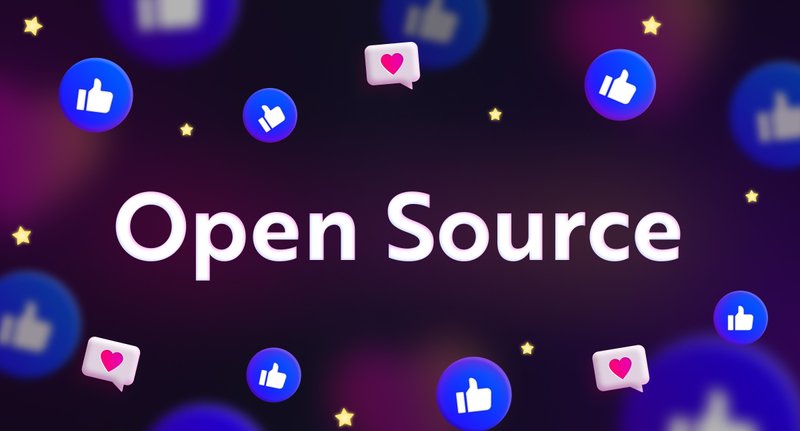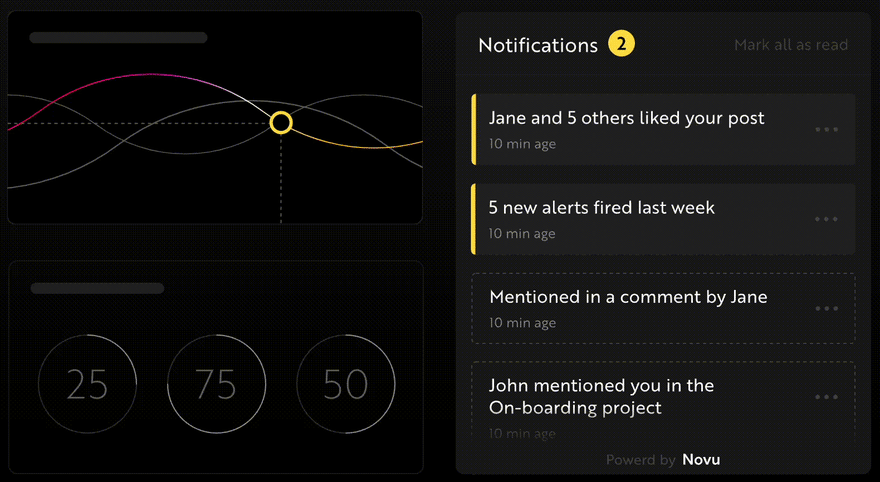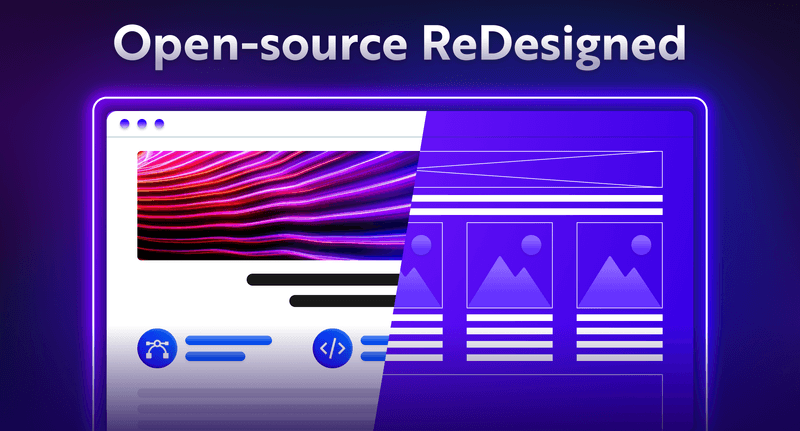How to raise funds for an open-source company 💵
TLDR; I had a pleasure talking to Igor Kotua VC @ RunaCapital, a VC company that invests mainly in Open-Source Companies. We talked about what kind of products are suitable for open-source, open-source companies vs. B2B SaaS, Some open-source investments, and Igor library maintainer of Awesome open-source alternatives to SaaS.

You can listen (and subscribe 🚀) to it here:
What kind of products can be open-sourced?
Libraries
First thing first, Everything that is some kind of a library or a low-code architecture level is suited for open-source as it is the basis of open-source. It’s usually something that is used by engineering or a highly technical people. That’s pure open-source, and there is no commercial thing around it.
Databases and Infrastructure
The second type is highly technical tools such as Databases, and Infrastructure tools, most of these tools are open-source and mostly free. We can find many great ones such as MySQL, Nginx, and Nest.js. They usually benefit from enterprise support.
SaaS turned Open-Source 🚀
The third type we can see that is emerging in the last years are products such as Novu, Medusa, and PostHog that can initially offer a closed-code SaaS solution. They merit from direct connection with the engineers and benefit from being connected to the open-source community. Many of those products are not super technical and can actually be a source for junior developers to come and contribute their first PR. You can find open-source solutions compared to SaaS in Igor Awesome open-source alternatives to SaaS. Make sure you give him a star ⭐️

Monetizing open-source products 💰
Over the years, we saw open-source evolving a lot with different kinds of monetization options. I will try to touch on some of them here. Most of the monetization methods listed below are for open-core solutions, which means that all the code is public. We will have a new article soon about open-foundation, which is another form of open source where some of the code is open-sourced, and some of it is not.
Sponsorships
This is kind of the core of open-source libraries with no monetization or commercial use restrictions. That’s the purest aspect of open-source.
Enterprise Support / Usage and Commercial use
This is the de-facto way to monetize open-source products. We can find companies such as Nest.js and Next.js offering enterprise solutions. That’s something that we could see many companies do in the past. Today, we see more companies offering the next step of open source evolution – Cloud Solutions.
Cloud Solutions with SaaS offering
Many big companies, such as MongoDB, used to offer only enterprise solutions, but today we can see a shift into Could Solutions such as MongoDB Atlas. Cloud solutions offer a few types of options, mainly SSO, audits, logs, and hosting. Founders realized that many of the solutions out there are hard to deploy and maintain by engineers and require a devops team focusing on scalability and observability. In Novu You can find a similar offer for a hosted solution. The great thing is that it’s giving smaller companies solutions for their needs with a relatively low price per month (most of them free up to some point).
These days we can also find great frontend hosting solutions such as GatsbyJS cloud, Netlify, Vercel, and Heroku that are great for both hostings, deploying, and monitoring apps in a few clicks.

Releasing features faster 🌬
There are more and more products getting into the market every day that need to deliver a lot of features. Sometimes those things become super complex, and the main thing they usually don’t have is time. A lot of those parts are engineers issues that can be democratized by open-source solutions. You can use Okta for the identity solution, Add Auth0 for authentication, and then use Permit for authorization and you have easily saved thousands of development hours.
What metrics do VCs look at when they invest in Open Source Products?
There are many types of open-source companies, and many of the investment metrics are similar between SaaS and open-source, such as the founder’s background, market size, and go-to-market strategy, but the one thing that is usually very common among open-source companies is that they are waiting for a significant adoption and an extensive user base before they start to monetize their product. So if in B2B companies, the primary metric is revenue than in open-source companies it is adoption by engineers and the community.
Other metrics VC are looking for are
Contributors
How many developers are out there trying to help you with the product, and how valuable is their contribution – Is it a one-time thing of typo fixing? Or is it an ongoing contribution for an extended period of time? Did they come to put a stamp or to be a community member?
Stars
Stars are not an accurate metric for adoption (Developers can star your product without using it), but it’s kind of a metric that shows the stage of the company. Kinda the same as ARR (Annual Recurring Revenue) – Not giving a lot of information but showing the stage of the company.
Community Issues
Can you see a growth in issues every month? That’s a good thing, it means that the community is growing and the product is getting more adoption.
In conclusion
At the end of the day, the main question is whether it’s a product that lives in as a community base only, or can it be a big company that generates money. We can find big open-source products over Github that haven’t yet found a way to monetize their services even though the product is fantastic.
It’s not expected from founders to gain revenue over the first years, but VCs do expect founders to show a strategic plan for doing so.
I hope you have managed to learn a little bit about COSS (Commercial Open Source Startups).
Novu – the first open-source notification architecture

Just a quick background about us. Novu is the first open-source notification infrastructure. We help managing all the product notifications. It can be In-App (the bell icon like you have in Facebook – Websockets), Emails, SMSs, and so on. I would be super happy if you could give us a star! And let me also know in the comments ❤️



